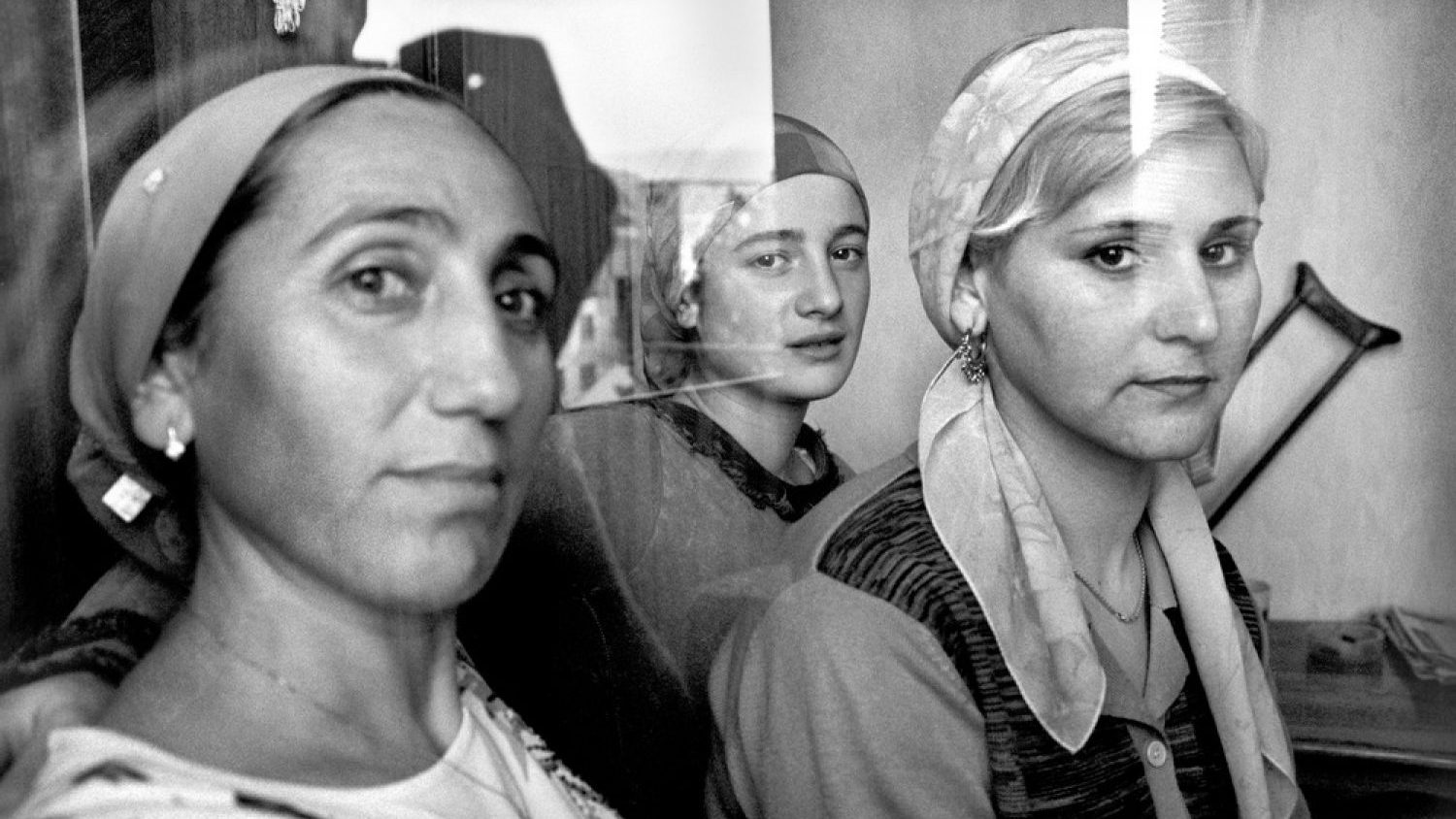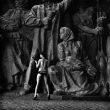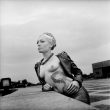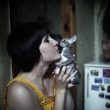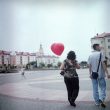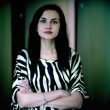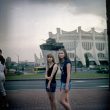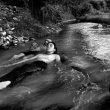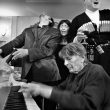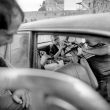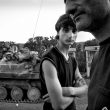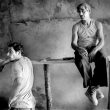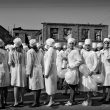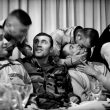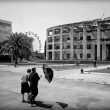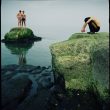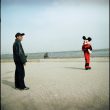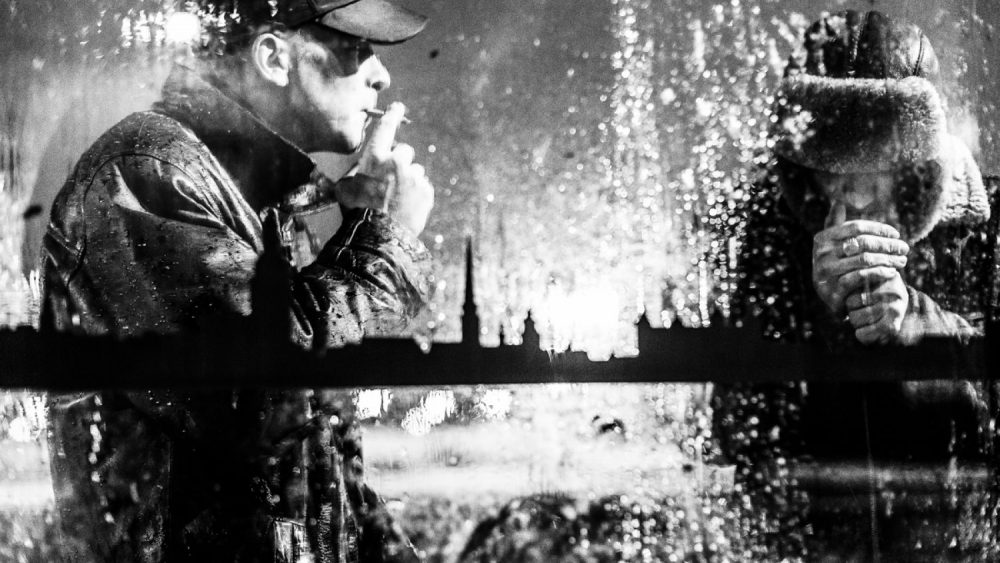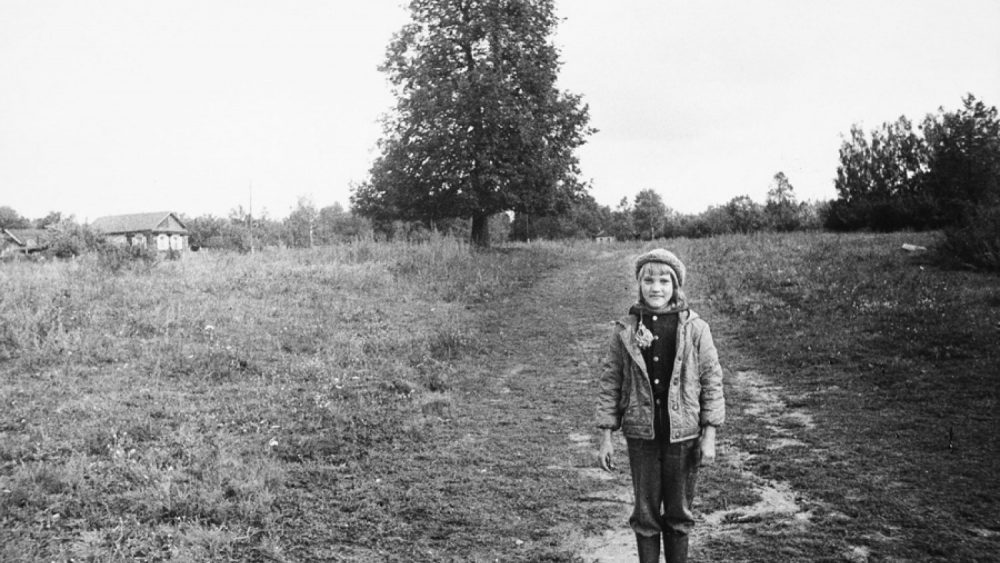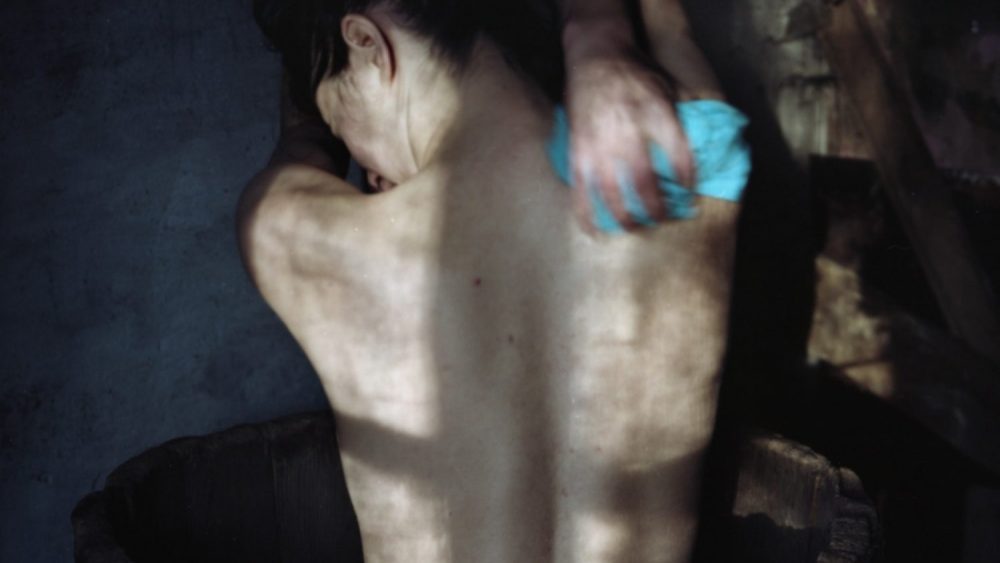Justyna Mielnikiewicz
Justyna Mielnikiewicz (1973) is a Polish photographer having been residing in Georgia since 2001. Her projects include stories about South Caucasus, Crimea, Russia, Ukraine, South Ossetia and Georgia. These stories are more than just visual news from the conflict territories; her photographs question about the belonging, political borders and human nature. Her latest project is a story about women from the post-Soviet countries, their identities and problems. Mielnikiewicz has won the Magnum Caucasus Young Photographer Award, Canon Female Photojournalist Prize, and has got the second place in the World Press Photo competition with the images taken during the War in South Ossetia. The photographer’s work is regularly published in The New York Times.
You are a self-taught photographer. How did you make this decision and why did you choose to specialize in photojournalism?
I wanted to be a painter, so the need to express my views and things I care for in life in visual forms has practically always been there. Eventually I chose photography as a tool. It does not require as much formal training as painting, nearly anyone can jump into it. I just learned how to use a camera “in and out” in a pure technical sense during my one-year work at Polish daily paper Gazeta Wyborcza as a photo reporter. I chose photojournalism because I wanted to tell other people’s stories more than mine. Although every photojournalist who works on personal stories also tells a story of himself, the story is about how one sees the world and what there is most important. I don’t think this division between art and journalistic photography is so definite anymore. Borders between photojournalistic or documentary photography and art photography have become more and more blurry and a lot of interesting things are happening in that middle area.
How would you describe the situation of photojournalism in Georgia?
Photographers are being paid very little for their work. If a photographer is not paid accordingly for the work, it does not help to develop and raise the general level in the country. Photography, on the other hand, is hugely popular here, and there are a lot of interesting things going on. Especially recently something has changed. It is not an ultimate dream anymore for a young photographer to become an AP or Reuters photographer, people start seeing more and beyond news photography. They are working on the personal stories and searching for new ways to express themselves. There is also a relatively new and great Photo Festival organized by the Tbilisi House of Photography each May. It is essentially small Rencontres d’Arles, which is by the way a partner, with a lot of extra events and curated local exhibition.
Could you tell more about your women project – Women in the post-Soviet space?
I started this work in 2010 with my first project in that series done in Georgia with OSI Photography Production Grant. With a war over South Ossetia in 2008 and Canon Female Photojournalist prize I decided to conclude the work on my long-term project (10 years) about South Caucasus and its conflicts. I wanted to do something completely different. I have always wanted to do a story about love in Georgia and that was the origin of the idea. It grew into a bigger body of work, and I decided to continue also in other countries. Within this project, I aim to present an overview on women’s lives in the former Eastern Bloc, Russia and former Soviet Republics. My focus is on specific women’s issues unique or typical to a particular location. On a broader plane, I attempt to fill the information vacuum regarding the status of women in those societies that were formed by 70 years of Communism and 20 years of independence.
What is the most rewarding thing in your profession?
Very simple – meeting people and have them tell me stories and open up for me. It always amazes me. I meet so many interesting people when I work! It constantly takes me out of any mental box I would ever try to put myself in. The camera is like some kind of a magic tool, which can open many doors and allows me approaching pretty much any person or situation I am interested in getting to know more about. I love that.
Could you share a memorable story you’ve experienced while working on your stories?
There are funny stories and sad ones. I will tell a funny one – how I gave the first bribe ever in my life to the policeman, and I hope that will be the last one. All my life I have been afraid that the day would come when I would need to pay the bribe and I wouldn’t be able to do it. The thought of me giving a bribe paralyzed me; it felt weird and awkward. Once I was photographing a semi-nude girl in a public park. I was very careful that no random passers-by be exposed to that. At some point a policeman guarding the park came and took us to a small kiosk, demanded the documents, addresses where we were living or were registered at. Allegedly, an old lady had come to him and had complained that we had offended her feelings. They were going to file it as an administrative offense and proceed with a court case. We were playing nice and naive girls who were really sorry for what we did and asking to let us go. The policeman would almost let us go for a couple of times but finally something clicked in his head and he would start all over again from the beginning. It took about a half an hour and I finally figured that he wanted me to pay him a bribe and we would then be free. I did not know how to offer the money. Then the idea came to me – I asked him what he would think if I paid that old lady 30 euros as my excuse for offending her feelings. I continued and saw a sparkle in his eyes agreeing to my proposal “Pensioners haven’t got much money, she could use that money, take her grandchild or a husband to the restaurant…..” He was happy to agree with me and we were free to go.
